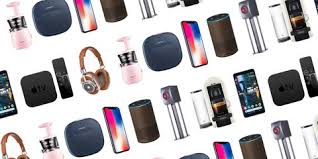It’s a common refrain in senior living that today’s assisted living communities are closer to yesterday’s skilled nursing facilities.
Seekers of Meaning Podcast Posted Online March 7, 2025
What's Next Longevity Deal Talk Episode 32, January, 2025
What's Next Longevity Venture Summit, June, 2025

 Warning -- this is not a blog post about what to give to seniors. There are plenty of click-bait websites topping the search list, like
Warning -- this is not a blog post about what to give to seniors. There are plenty of click-bait websites topping the search list, like
Comments
From Michael Skaff, COO Jewish Senior LIving Group
Great job enumerating a meaningful list of the hurdles that all tech co's selling to seniors should consider, and proactively address!